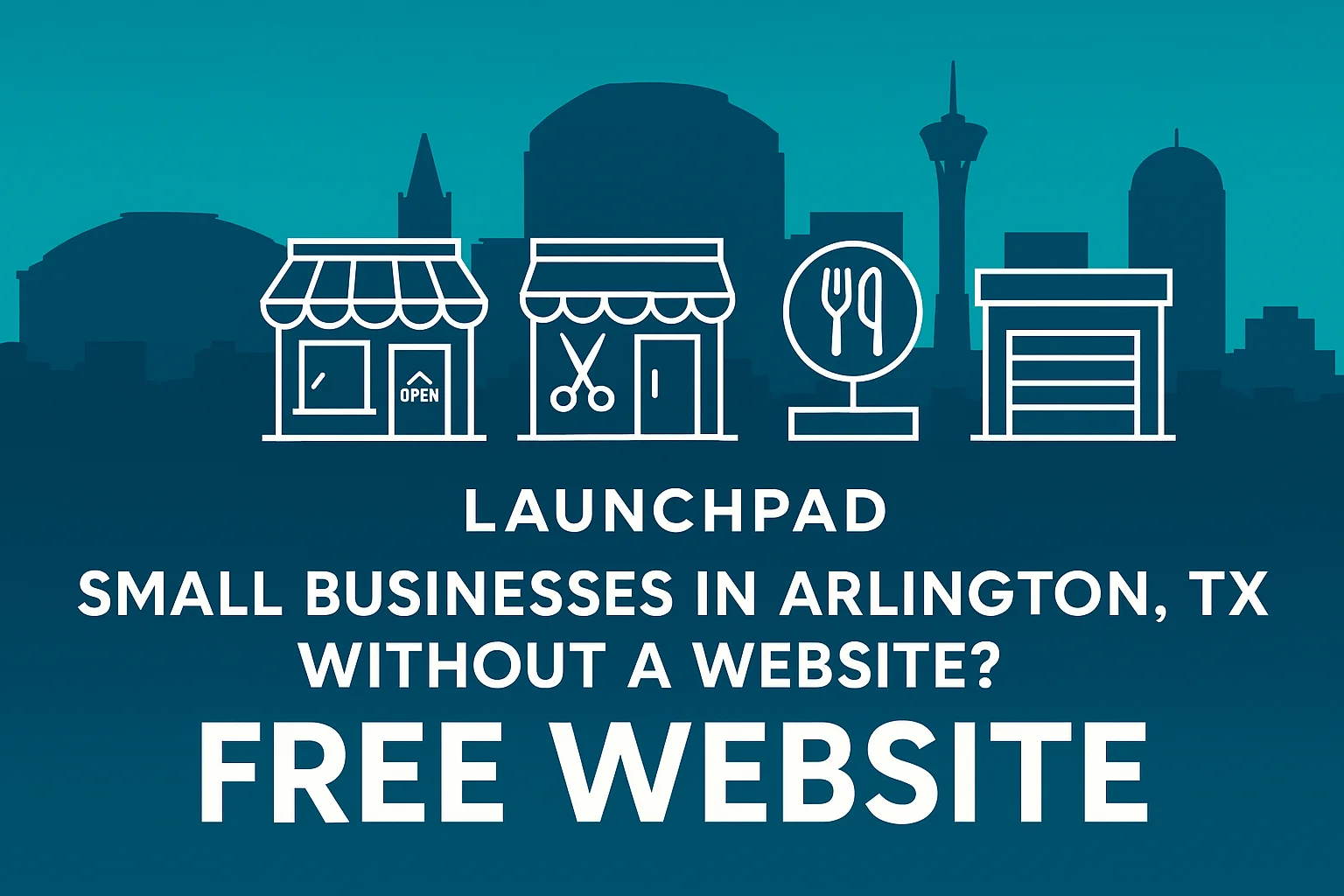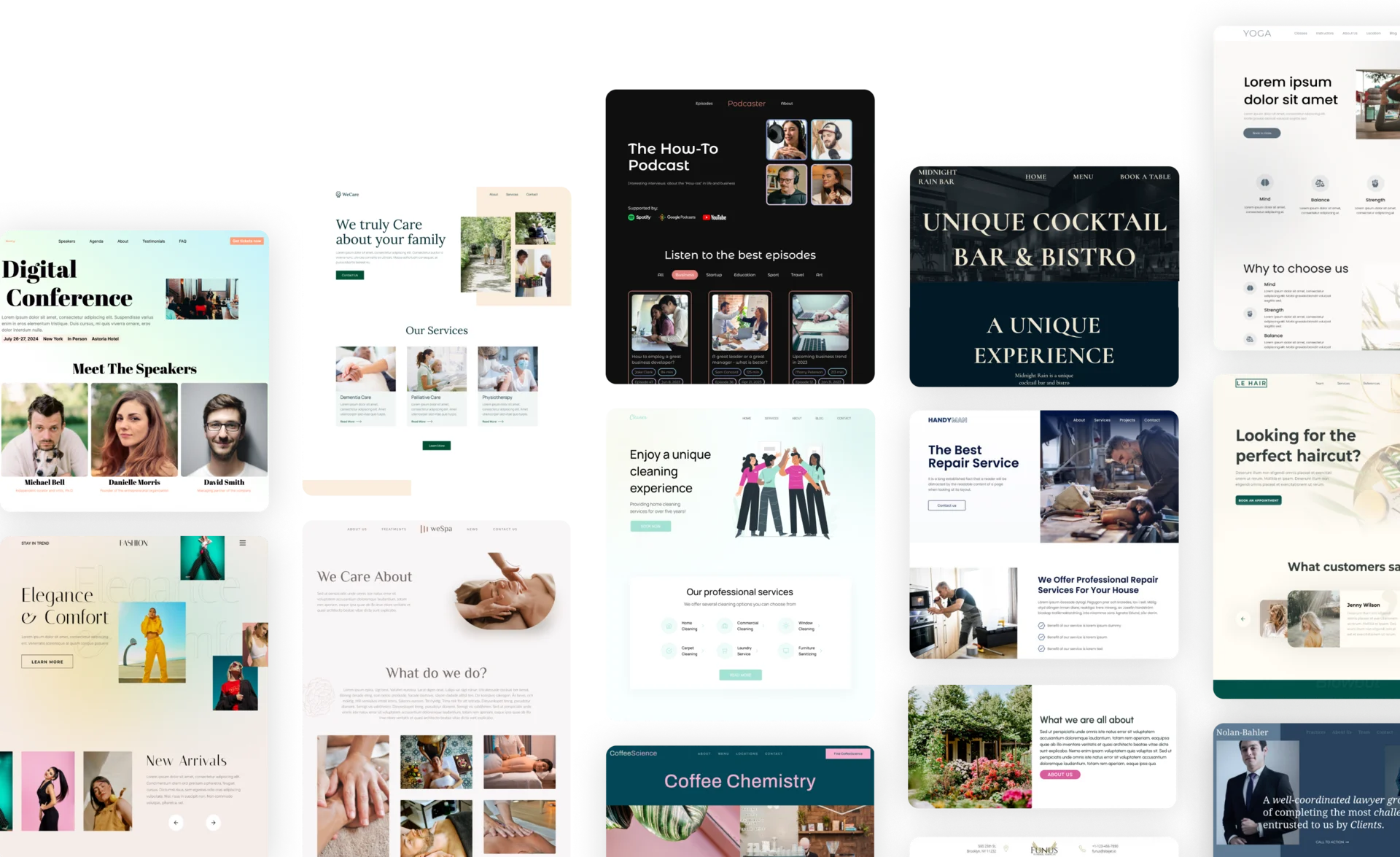How we choose the right stack: Figma, Webflow, WordPress, React, TypeScript, Laravel, Django & Flutter
Great digital products aren’t about picking one favorite tool—they’re about picking the right tool for the job. At Metrotechs, we design and develop custom websites and applications using a flexible stack that includes Figma, Webflow, WordPress/WooCommerce, React.js + TypeScript, Laravel, Django, Flutter, and more. We tailor the stack to your goals, your team, and the outcomes you need.
Our 3-Step Build Process
1) Plan
-
Business goals, audience, KPIs
-
Information architecture (IA) & user journeys
-
Content model and data sources
-
Platform decision (Webflow, WordPress, Flutter, React/TypeScript, Laravel/Django—or a hybrid)
2) Design (Figma)
-
Design system (typography, color, components)
-
Responsive layouts & interaction prototypes
-
Dev-ready specs and assets for a clean handoff
3) Build, Launch, Grow
-
Development in the chosen stack
-
Performance, accessibility, SEO, and security audits
-
Analytics & dashboards (GA4, Looker Studio)
-
Deployment (typically AWS: Lightsail/EC2, RDS, S3, CloudFront, Route 53)
-
Training + documentation
Website Design: Where Each Tool Shines
Figma (Design & Collaboration)
-
Best for: UX/UI, design systems, clickable prototypes
-
Why: Fast iteration, consistent components, crystal-clear dev handoff
-
Deliverables: Prototypes + documented design system
Webflow (Speed & Visual Precision)
-
Best for: Marketing sites, landing pages, campaigns
-
Why: Pixel-accurate to Figma, built-in CMS, quick launch, rich interactions
-
Great when: Marketers need to ship content fast without dev bottlenecks
WordPress + WooCommerce (Content & Commerce)
-
Best for: Content-heavy, SEO-driven sites; complex eCommerce
-
Why: Mature ecosystem, extensible, deep integrations (ERP/CRM), custom checkout
-
Great when: You need a growth engine and custom functionality at scale
Flutter (Web experiences with app-like UX)
-
Best for: Experience-heavy front ends and when mobile is on the roadmap
-
Why: Single codebase for web + iOS/Android, consistent performance
-
Note: Pair with WordPress/Webflow for SEO-heavy public content
Custom App Development: React, TypeScript, Laravel, Django & More
Not every problem is a “website” problem. For portals, dashboards, configurators, quoting/CPQ, and internal tools, we build custom apps.
What We Build
-
Customer & dealer portals: orders, RMAs, warranties, wholesale pricing
-
Operational tools: inventory sync, custom PIMs, ERP/CRM middleware
-
Real-time dashboards: analytics, IoT, finance ops, exec KPIs
-
Back-office eCommerce: pricing rules, fulfillment logic, multi-vendor
-
CPQ & configurators: product rules, approvals, quotes
Typical App Architecture
-
Frontend: React.js + TypeScript (often Next.js for SSR/SEO)
-
API: Laravel (PHP) or Django (Python) with REST/GraphQL
-
Data: PostgreSQL/MySQL + Redis for caching/queues
-
Auth: OAuth2/OIDC/SSO (Okta, Azure AD, Google) or JWT; RBAC
-
Integrations: Stripe, HubSpot, SendGrid/Klaviyo, ShipStation, QuickBooks/NetSuite, etc.
-
Infra & CI/CD: AWS (EC2/Lightsail, RDS, S3, CloudFront, Route 53), GitHub Actions
-
Observability: CloudWatch, Sentry, uptime/perf monitors
Hybrid Builds (Best of Both)
-
Webflow + WordPress: Webflow for rapid marketing pages; WordPress (headless or subdomain) for blog/knowledge base
-
WordPress + React/Flutter: SEO-friendly public site + app-grade portal or product UI
-
Figma Everywhere: One source of truth for components and brand consistency
Build Standards We Don’t Compromise On
-
Performance (Core Web Vitals): WEBP/AVIF, lazy loading, minification, caching/CDN, optimized queries
-
Accessibility: WCAG-aligned color contrast, keyboard navigation, semantic HTML/ARIA
-
Security: Hardened environments, least-privilege IAM, WAF/CDN, secrets management, backups
-
SEO: Clean IA, schema, internal linking, sitemaps/redirects, crawl-friendly markup
-
Data & Analytics: GA4 events, Looker Studio dashboards, experimentation hooks (A/B)
-
Quality: Automated testing (unit/integration/E2E), code review, runbooks and handover docs
Quick Decision Matrix
| Use Case | Recommended Stack | Why |
|---|---|---|
| Launch fast, premium marketing site | Webflow | Speed to market, visual control, easy editing |
| Content/SEO growth engine | WordPress | Editorial workflow, plugins, scalability |
| Complex eCommerce | WordPress + WooCommerce | Flexible catalog, custom checkout, integrations |
| Rich web UI (portals/dashboards) | React + TypeScript (Next.js) | Component reuse, type safety, SSR/SEO options |
| Data/API-first with admin | Django + DRF | Admin out of the box, rapid CRUD, security |
| PHP ecosystem or WP adjacency | Laravel | Elegant APIs, queues/jobs, great with Woo/WP |
| Realtime features (chat/live ops) | Node/NestJS + WebSockets | Event-driven, live updates |
| Web + iOS/Android from one codebase | Flutter | App-grade UX on all platforms |
| Product/portal + SEO site | API + React/Flutter + WordPress/Webflow | App UX + SEO discoverability |
Delivery Blueprint
-
Discovery & scoping: Goals, roles/permissions, workflows, SLAs
-
UX in Figma: Wireframes → high-fidelity responsive components
-
Tech spec: Data models, API contracts, integration map, security model
-
Implementation: Frontend (React/TS or Webflow/WordPress), backend (Laravel/Django), CI/CD
-
Hardening & QA: Perf, accessibility, security, load & browser/device tests
-
Launch & iterate: Rollout plan, training, backlog, continuous releases
FAQs
Can we migrate from Webflow to WordPress (or vice versa) later?
Yes. We design content models up front so migrations are predictable and preserve SEO.
Will my team be able to edit content?
Absolutely. We set up intuitive dashboards, custom fields, roles, and training.
Can you build headless with WordPress/WooCommerce?
Yes—WordPress can power content/eCommerce while React/Next.js renders the front end via REST/GraphQL.
How do you handle auth for portals and apps?
Role-based access with SSO (Okta, Azure AD, Google), OAuth2/OIDC, or JWT. Sensitive scopes are isolated and audited.
What about performance and security?
We target fast Core Web Vitals, use CDNs and caching, harden servers, manage secrets, and maintain backups & monitoring.
What if we need mobile now or later?
We design a shared API from day one. Flutter lets us ship iOS/Android/Web from one codebase when you’re ready.





